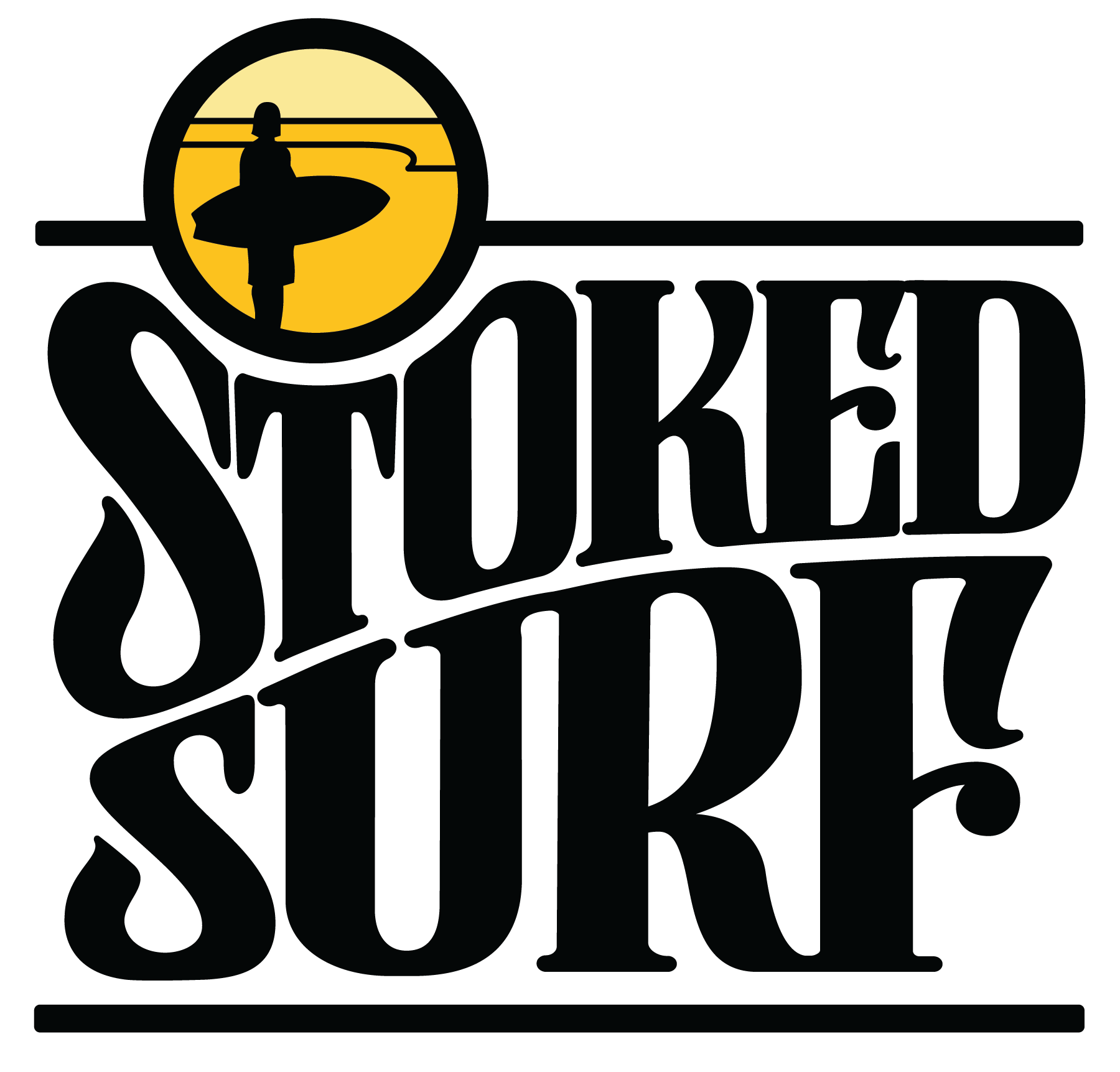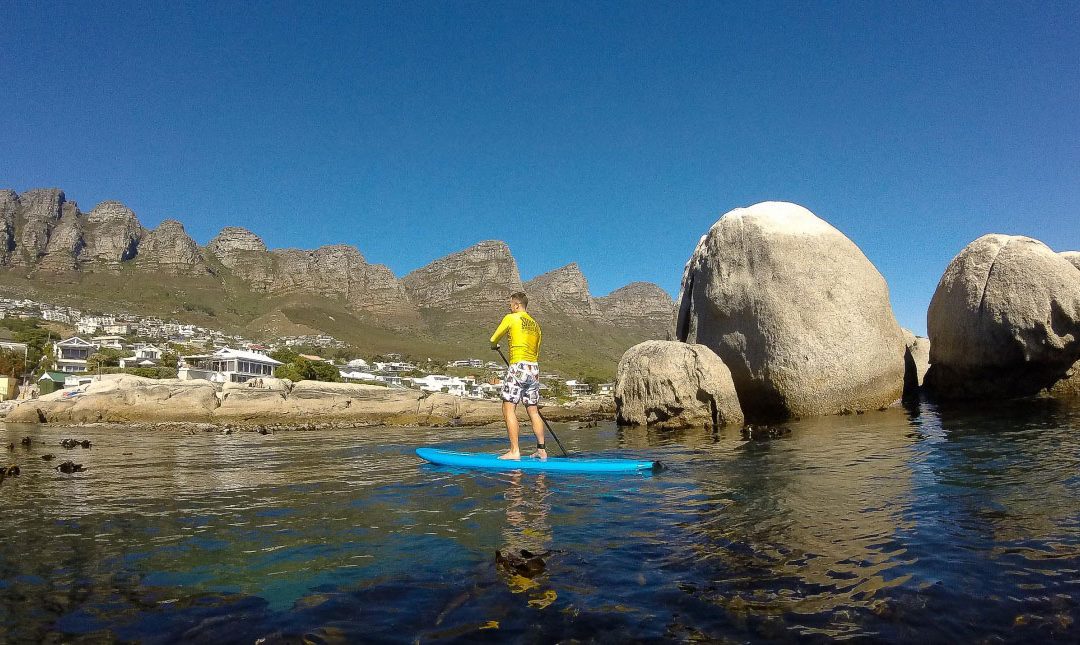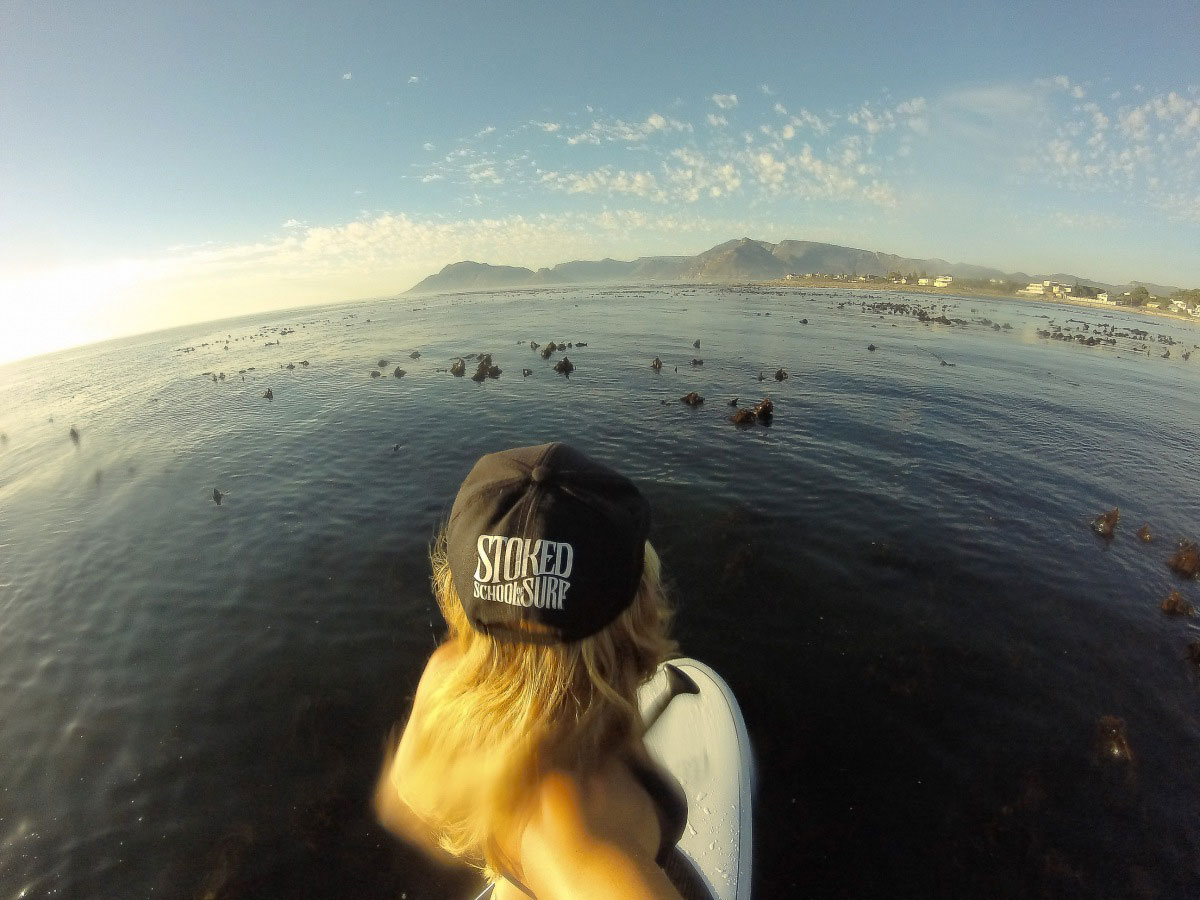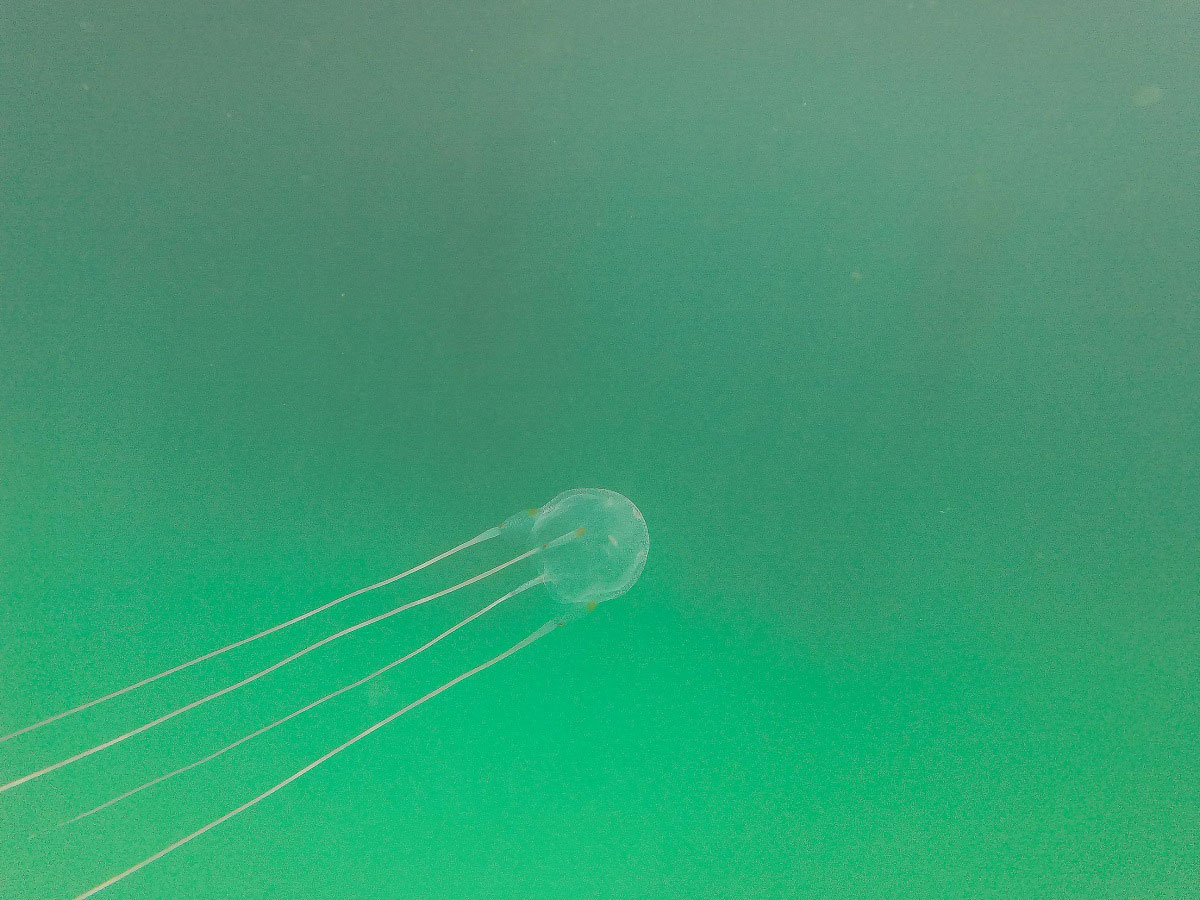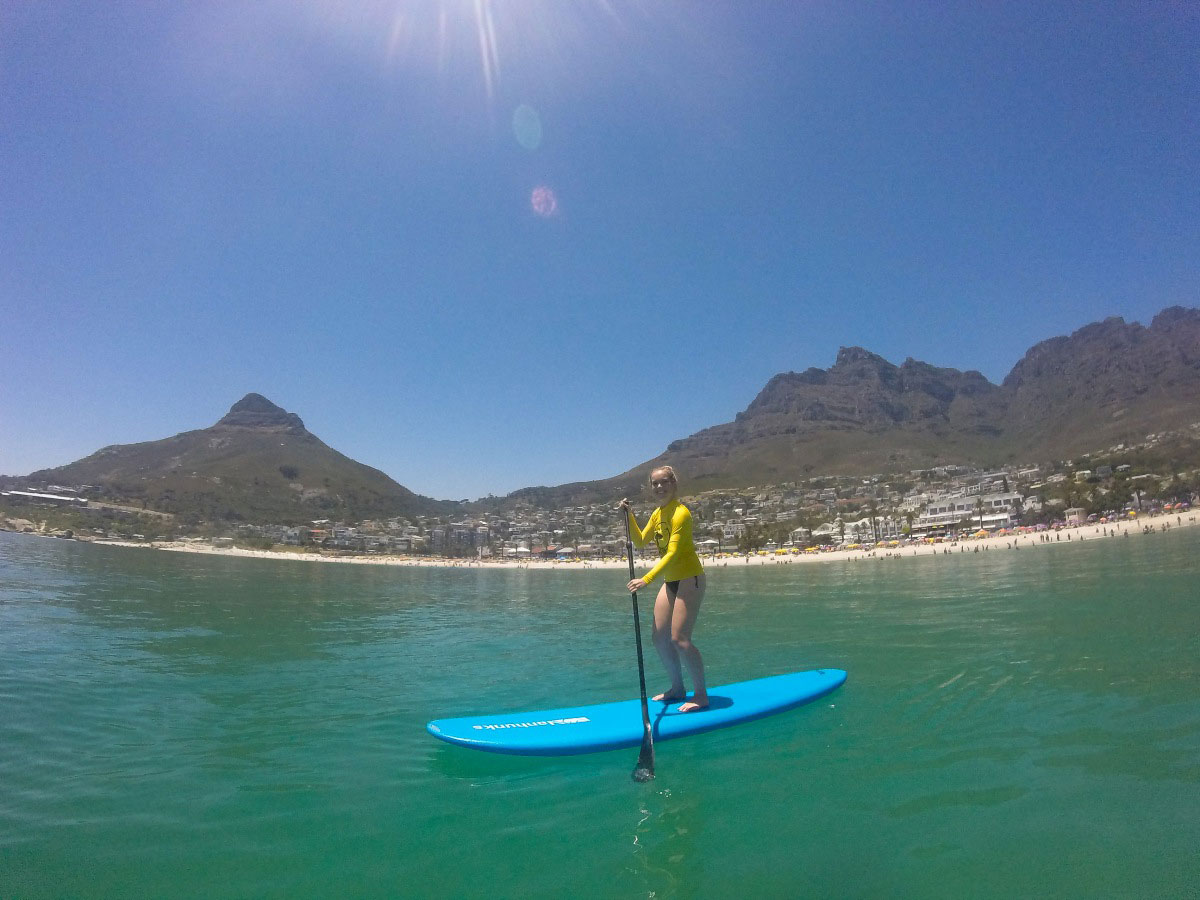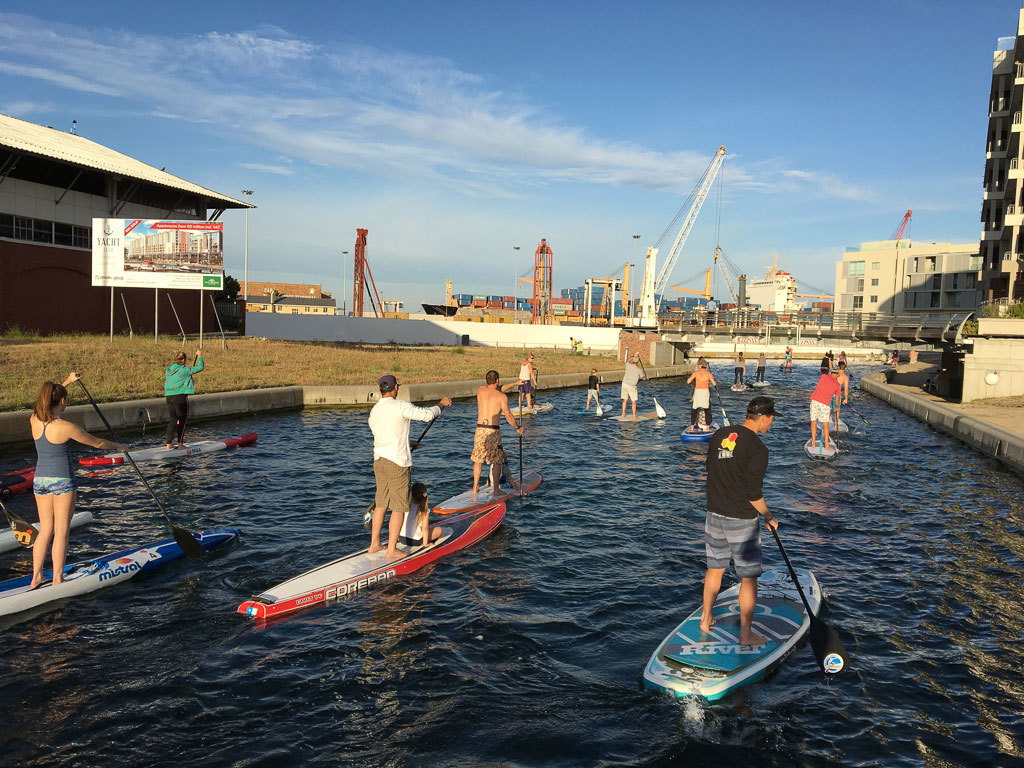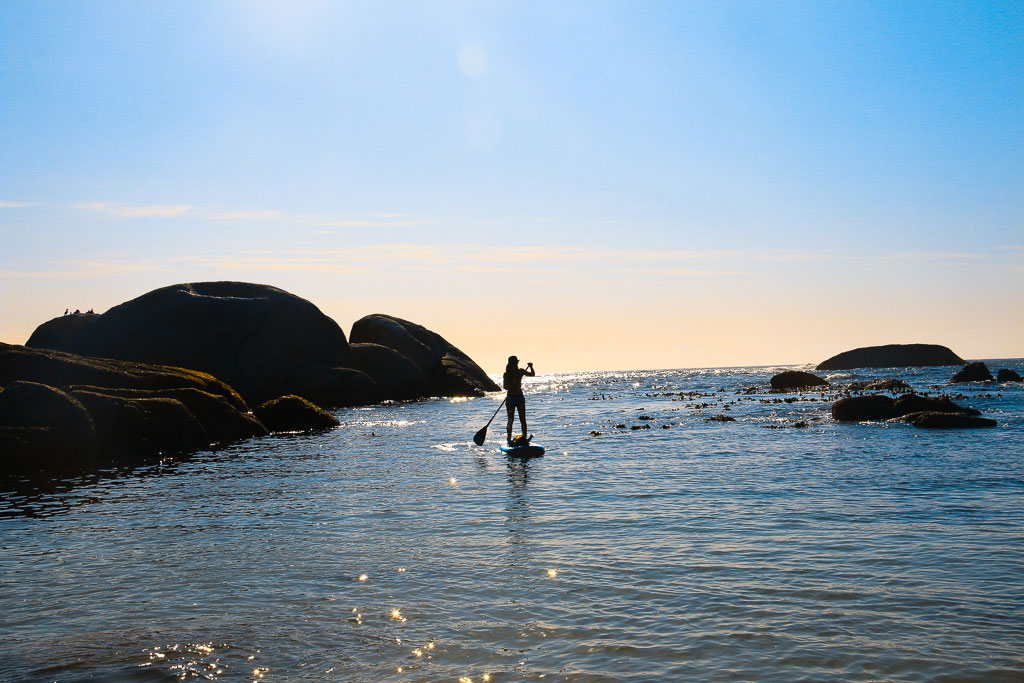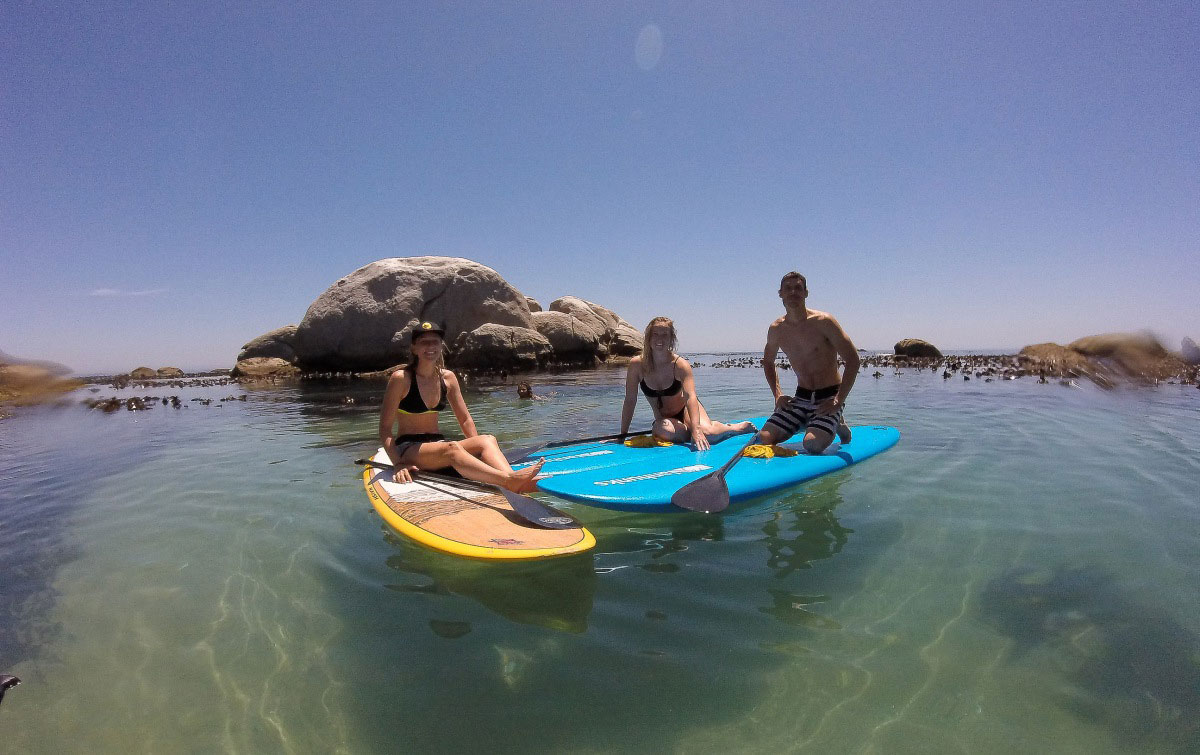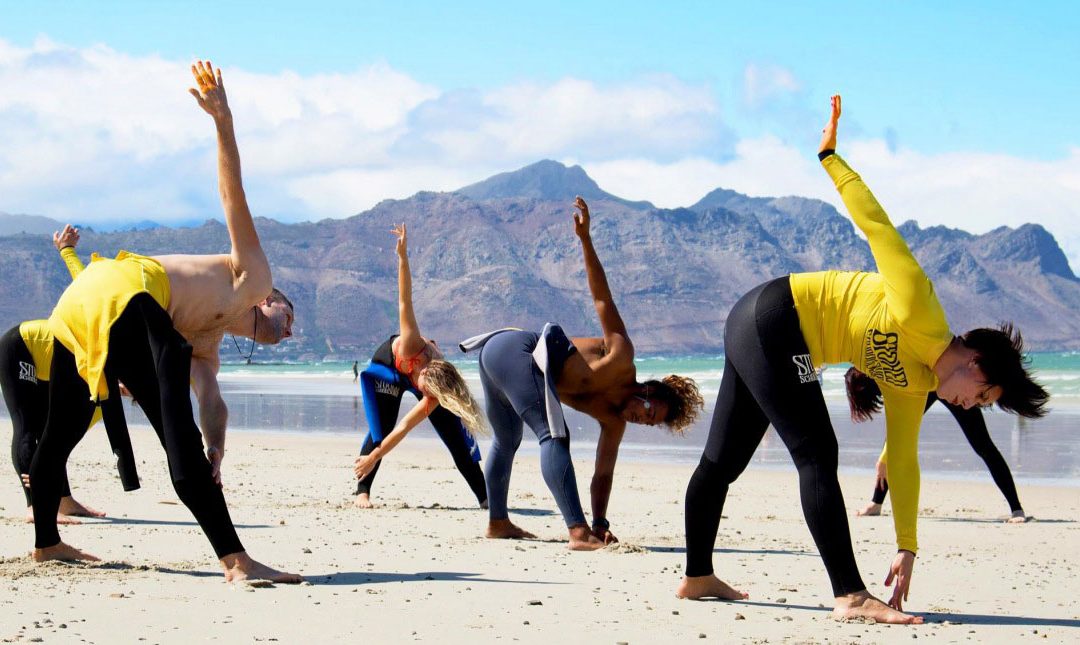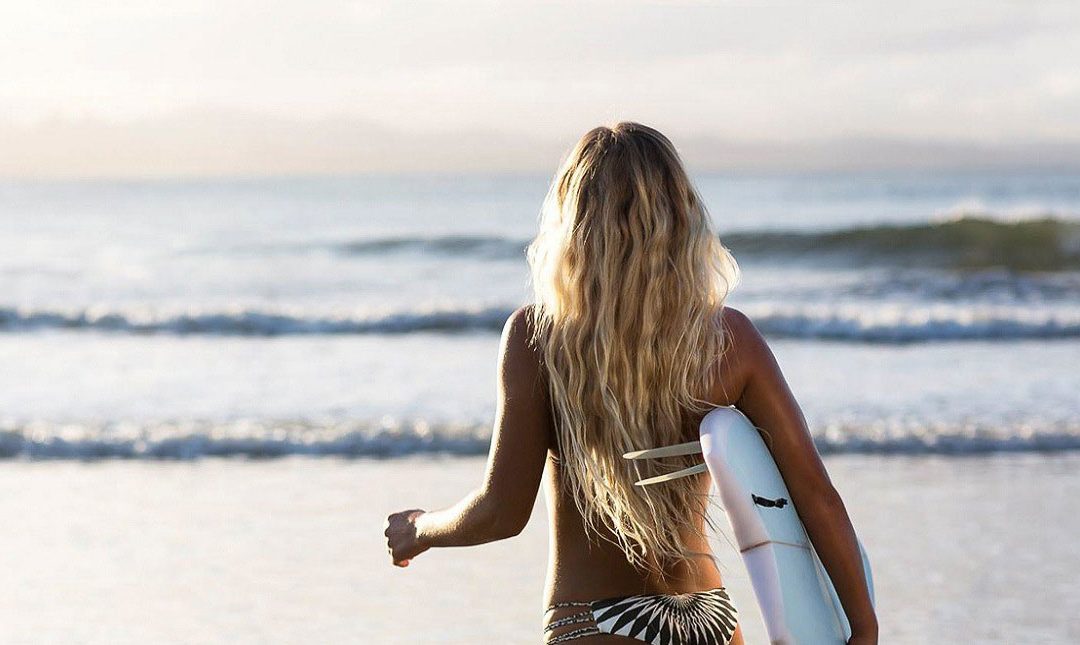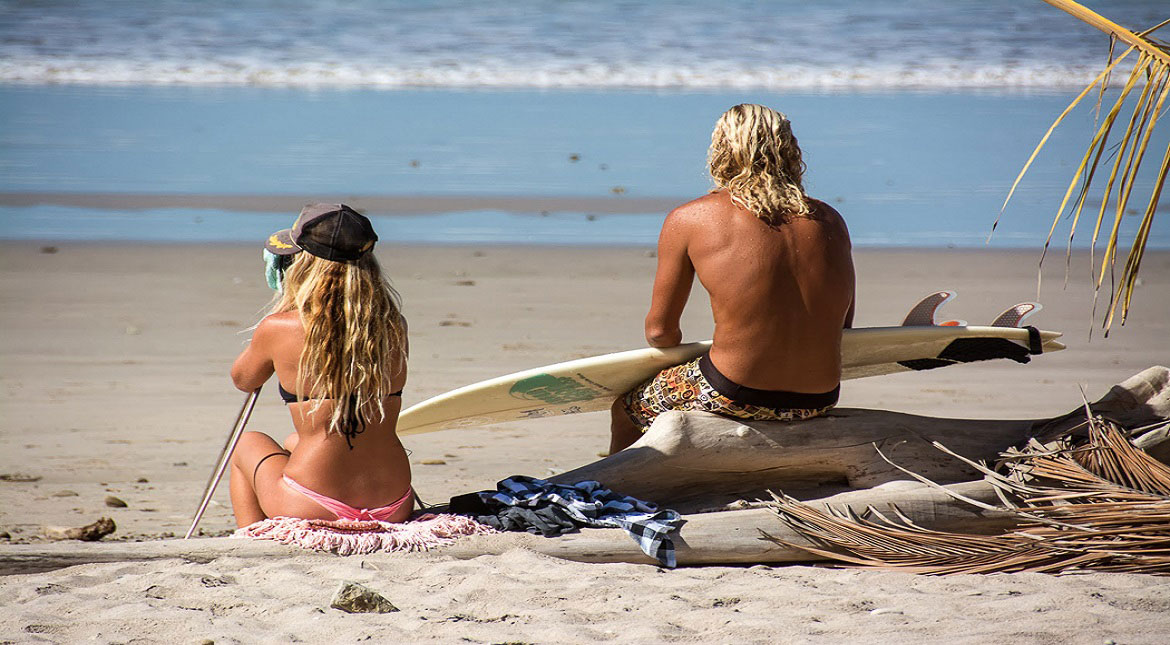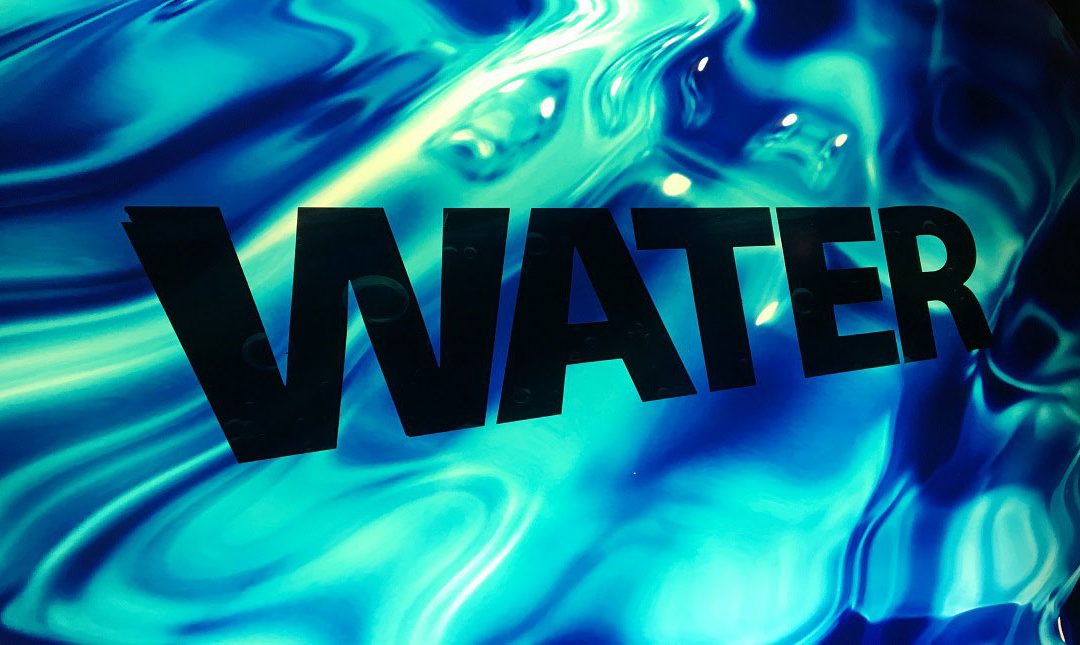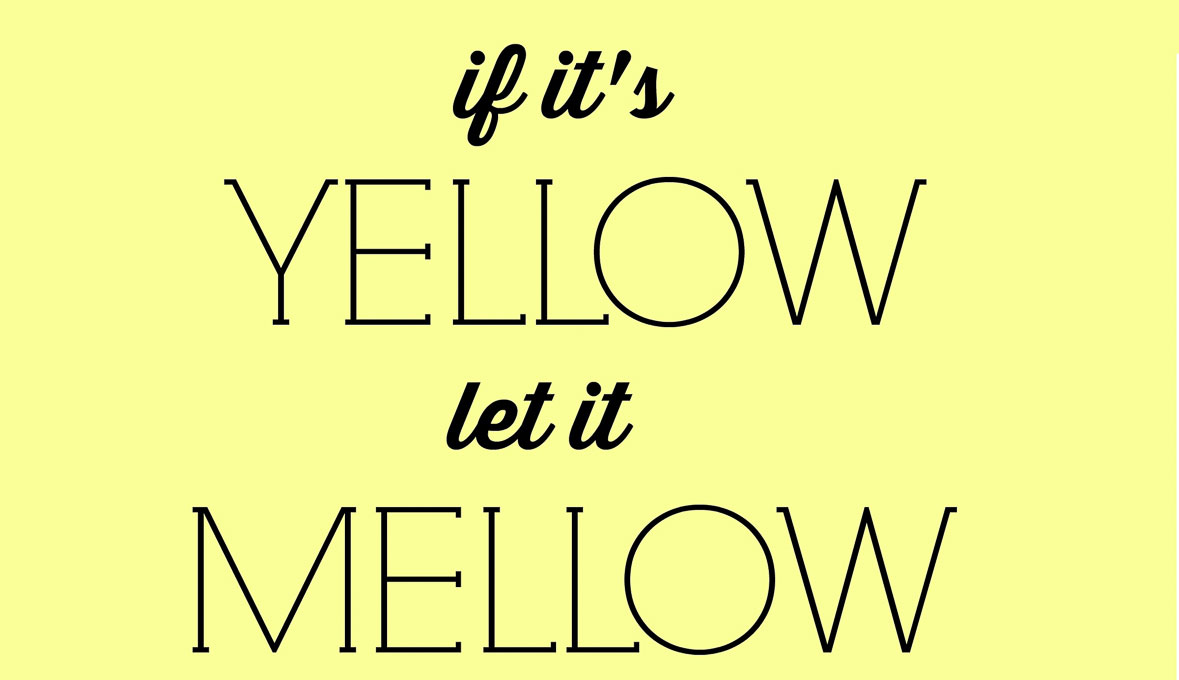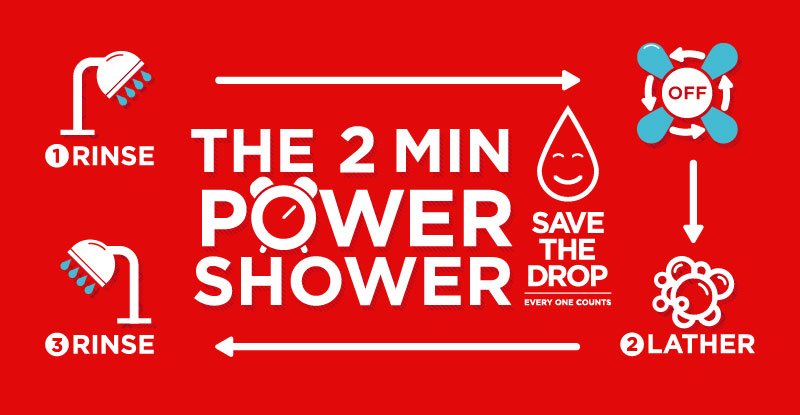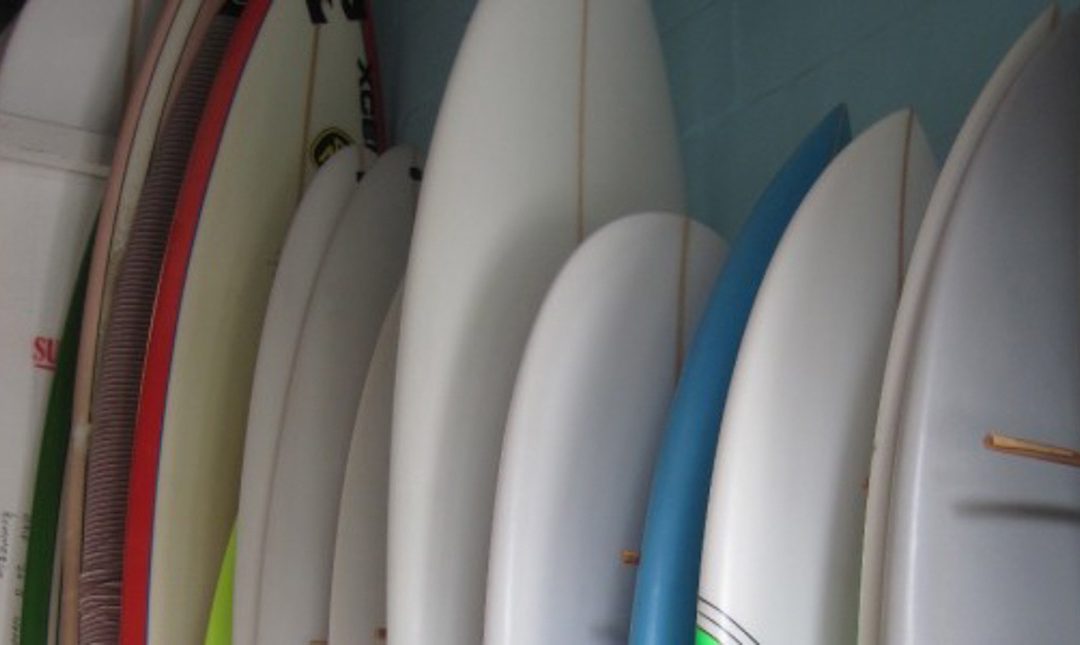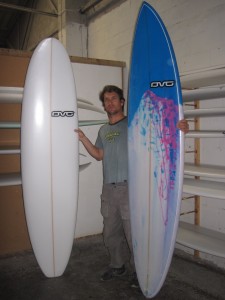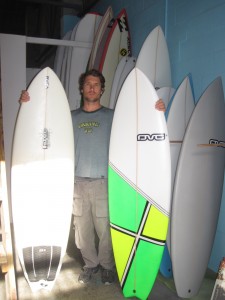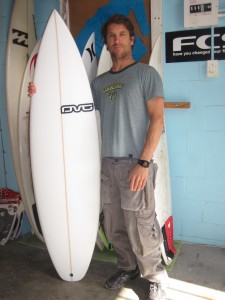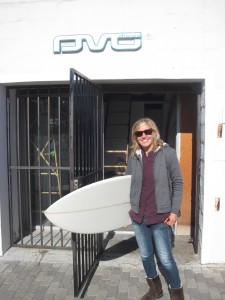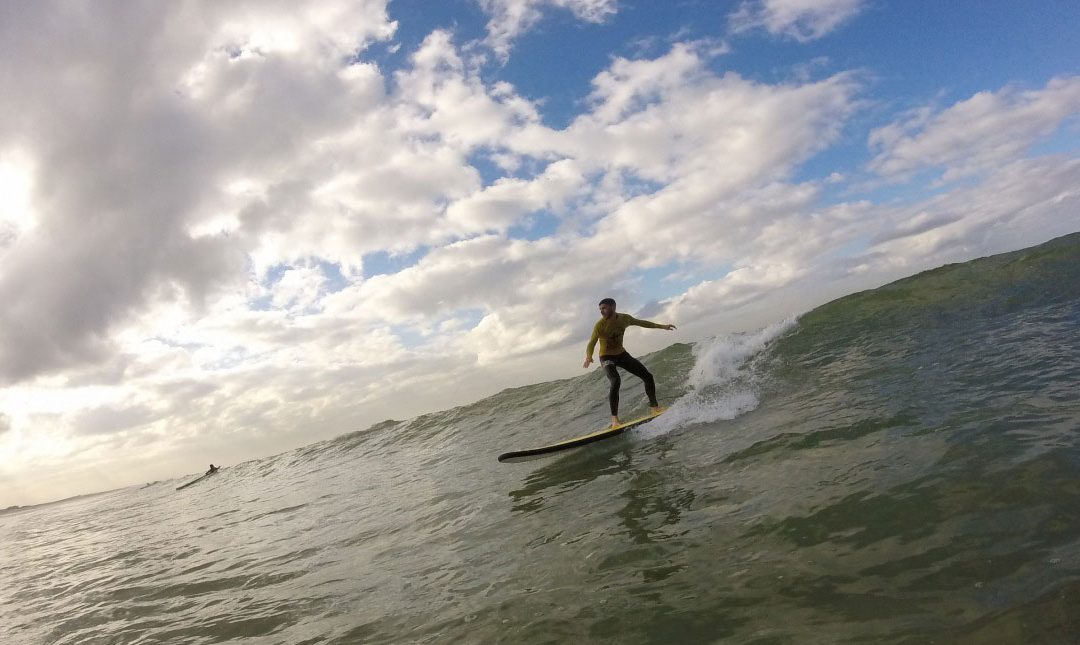
SURF THERAPY
Ask any surfer and they will claim that surfing is a cure for all. Anxiety, long days or a general overwhelming of stress can, easily, be overcome by spending a few moments in the water.
This is due to the, almost, meditative qualities of surfing and the humbling force of the ocean! All elements of surfing help to produce a euphoric feeling, from something as simple as waiting for the next set, or controlling your breathing whilst you paddle, to actually successfully riding a wave! More than just patience and controlling your breathing, surfing provides a feeling of self-accomplishment, as do many other sports, which has the added benefit of boosting confidence by allowing you to set and eliminate goals at your own pace.
Overall it is a fantastic way to allow one to come out of their shell and to gain confidence whilst allowing one to challenge oneself, even though the psychological effects of surfing are often brushed away. However, some much smarter and brilliant scientists and doctors around the world, that clearly have a better understanding of the effects that; the ocean and surfing, have on one’s physical and mental health have started further investigation.
I recently read an eye-opening and scientifically worded article which stated that, although most sports do help boost confidence, surfing, amongst other activities which take place near a body of moving or frozen water, actually leave a longer lasting effect of serenity and accomplishment. Without delving to deep, it all had to do with the ionization of oxygen found near moving/frozen water. So any water or snow sports are actually beneficial to your mental state by charging you up with ionized oxygen leaving you feeling a stronger stoke for longer.
In Cape Town, there are several great people and organizations that aim to use surfing for more than just the most epic pass time. These individuals and organisaztions are capitalizing on our mutual stoke for the ocean in order to enrich countless of peoples lives, through their various programs:
Walking on Waves
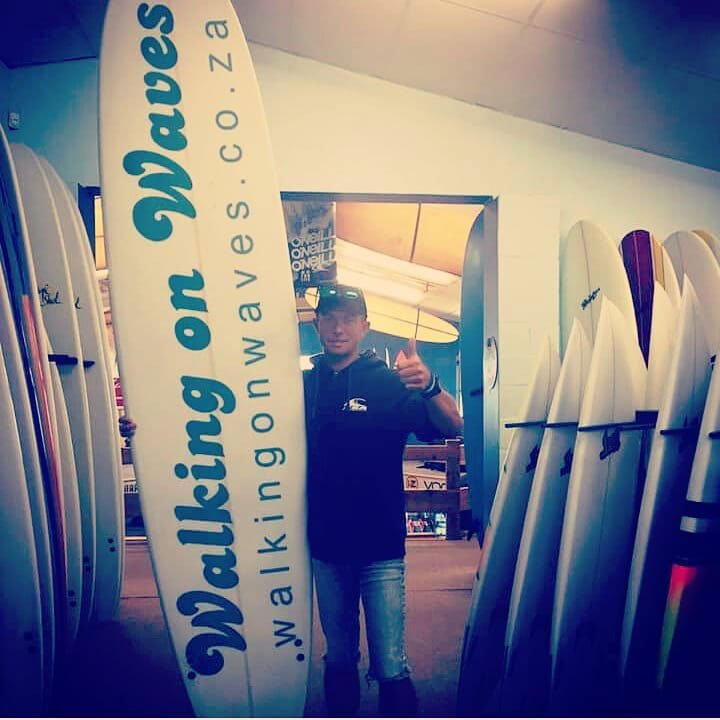
Waves for Change
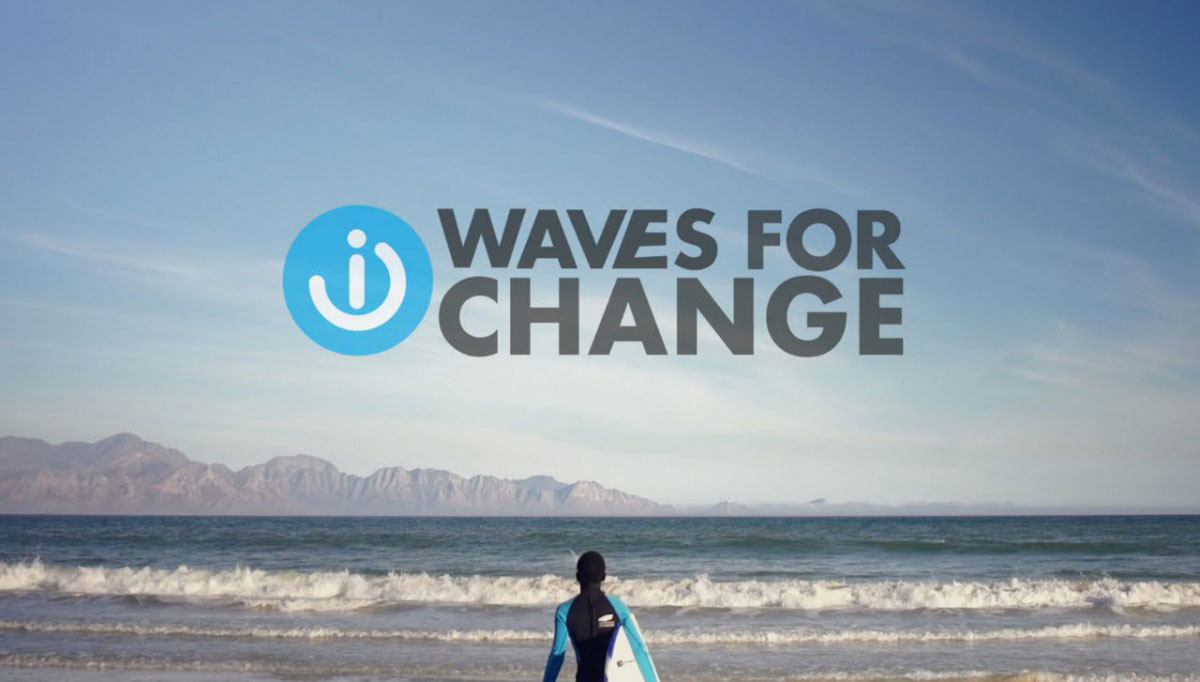
9Mile Surf Project
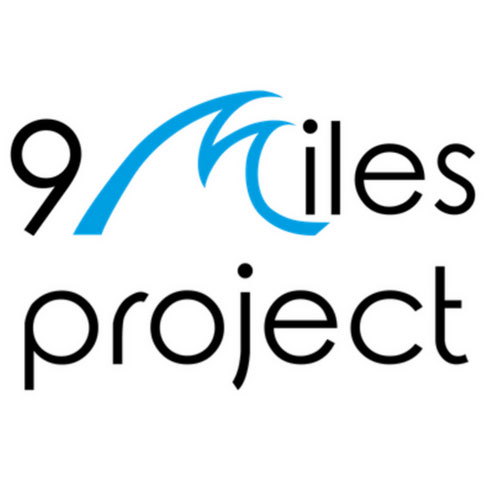
Surf Shack
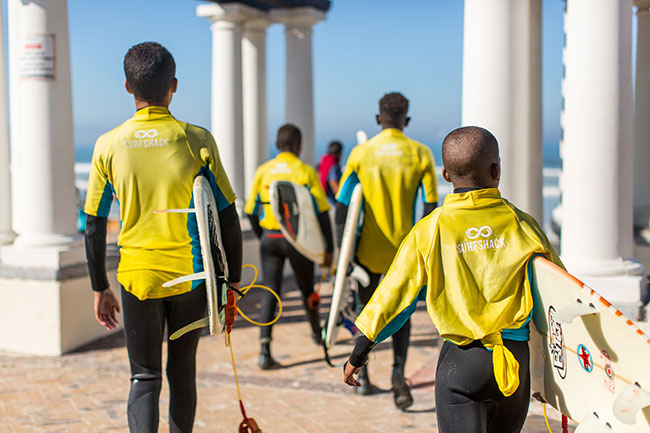
Adaptive Surf Champs
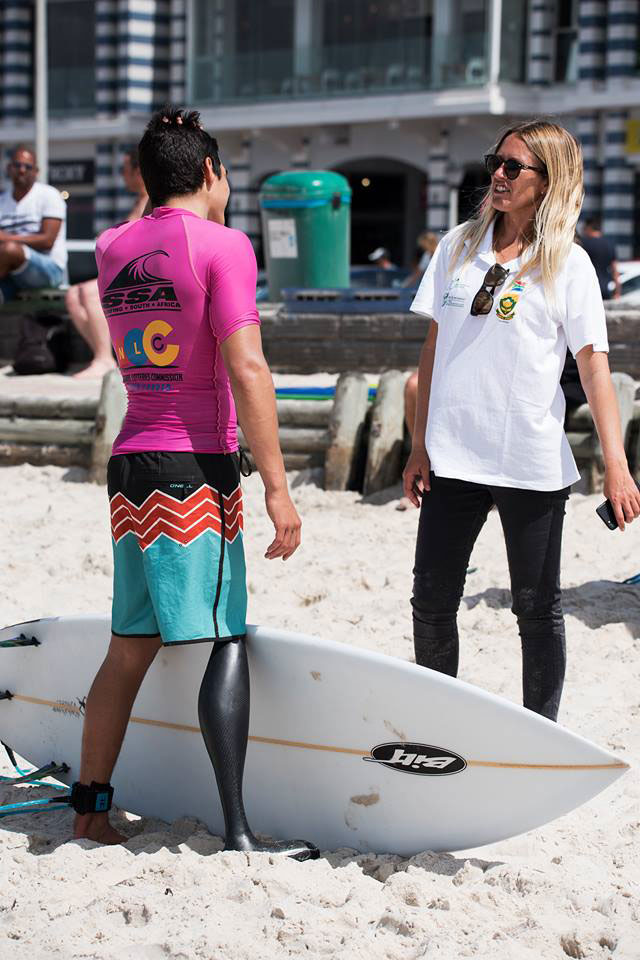
Surfing Rehab
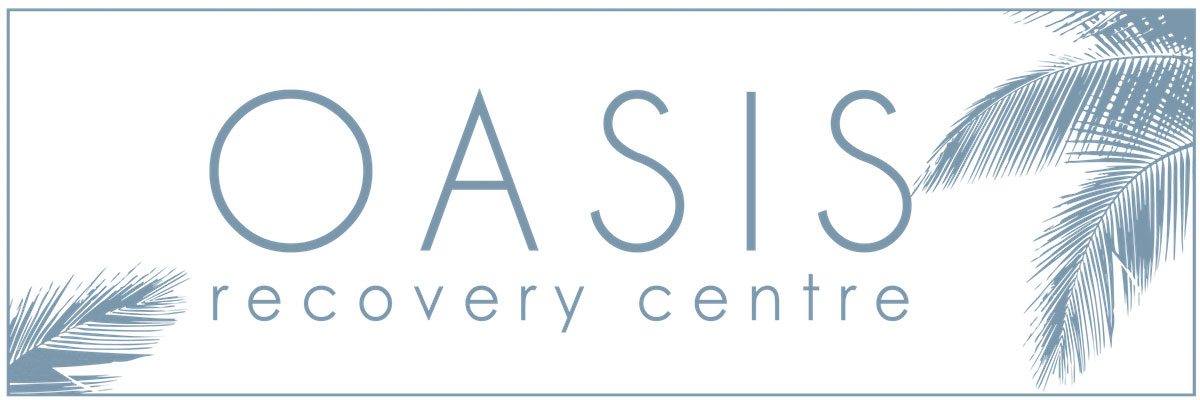
Over and above the psychological/physiological benefits and surf therapy uses, surfing in South Africa is also used for outreach community projects, in order to help those less fortunate to stay off the streets and to provide an escape from the harshness of their home lives or lack there of.
After researching the various surf therapy uses throughout the world we have determined the following fields and the benefits of surfing as a treatment in these fields.
- Poly Trauma – suffering from multiple physical and mental impairments from combat wounds. These injuries often affect multiple organ systems in the body and, in addition, the experience in combat can cause anxiety, depression and psychosocial impairment.
- Cystic Fybrosis – is a genetic disorder that heavily effects the respiratory and digestive system. Those born with Cystic Fibrosis produce extremely thick mucus in their lungs. This causes drastic coughing and difficulty breathing, and can cause life-threatening infections. Researchers in Australia found that the lungs of surfers with cystic fibrosis were much healthier than the lungs of patients who did not surf. They discovered that the saltwater mist of the ocean helps rehydrate airway surfaces, which in turn lubricates the lungs. This makes it much easier for those dealing with cystic fibrosis to clear their air passages and break up mucus
- Autism – Autism is a genetically inherited condition that has no known cause or cure. Children affected by autism frequently experience sensory overload as well as obsessive-compulsive routines that are difficult to break. Izzy Paskowitz, son of legendary surfer and doctor Doc Paskowitz, was one of the first to explore surfing as a treatment for autism, after spending years, seeking effective treatment for his son. Izzy and his wife, discovered nothing worked as well as something that was already an integral part of their family: the ocean. Surfing provided their son, relief from his symptoms that no medicine or therapy could offer. Time in the water forced him to abandon OCD routines, and the ocean offered a calming remedy from sensory overload.
- Depression & Mood – This comes as no surprise to anyone that surfs, as we already insist that surfing is a great way to lift one’s spirits, as well as the longer lasting effects of that euphoria due to exposure to the more positively charge ions that exist around moving bodies of water, as mentioned above. To further the scientific research behind this claim, in 2010 the British National Health Services started a pilot program. The program observed 22 participants dealing with mental issues from schizophrenia to psychosis from ages 12 to 23. After six weeks on the coast learning how to surf with the assistance of qualified coaches and recording the moods of participants, researchers found that at participants decreased in negative feelings and an increase of positive ones just in the time of 30 minutes of riding waves. In a similar study conducted at University of Iowa, by doctoral student Ryan Pittsinger, the link between surfing and mental health was researched further, while also providing comparison of the effects of surfing with other sports. While any kind of athletic activity causes the release of endorphins, which cause positive emotions, surfing, more than any other activity, causes feelings of tranquility and serenity. It leaves participants with a sense of accomplishment and a boosted self-esteem. These lasting effects also make surfing helpful in overcoming drug addiction. Many rehab centers, around the world, have now started to integrate surfing into their programs.
- Post Traumatic Stress Disorder (PTSD) – Over recent years PTSD has been brought to light in to the public eye and a lot of various research has been done to develop the best possible treatments. The United States Marine Corp has already incorporated surf therapy into effective treatment of PTSD and although involves other stress reducing activities, surf therapy provides fun and camaraderie for all the participants.
- Community Outreach Projects – This is the most common use of surf therapy found around Cape Town and Africa as a whole. This is a very simple idea of using surfing as a community project in order to provide a safe environment that focuses mentorship, exercise and keeping disadvantaged people as far away from bad influence, whilst allowing them to set and achieve personal goals. It also has a similar benefit with the PTSD treatment, through camaraderie developed through the program.
- Adaptive Surfing – This is an amazing initiative that uses surfing to help those suffering with various disabilities. These programs provide physical benefits and can act as a form of rehabilitation from injuries.
Each of the above has its own focus and goals; however, we have found that the treatment benefits are evident in all of the fields and include but are not limited to:
- Multi-sensory environment provides opportunities for adaptive response
- Improve and maintain muscle tone, posture, motor planning and balance
- Facilitate higher cognitive skills through integration and assimilation of lower level skills
- Develop play skills and leisure interests
- Achieve a sense of mastery and well-being
- Demonstrate volitional participation–the unique surfing experience provides an innate motivation essential for effective therapy outcomes.
The fact of the matter is that all sport has more than just physiological benefits and surfing is definitely one of the most fun waves to reach them. From simply reducing stress levels and boosting confidence, to amazing rehabilitational benefits for those with more specific needs. No matter what the reason, surfing is something everyone should try at least once, cause you never know how it might change your life.
